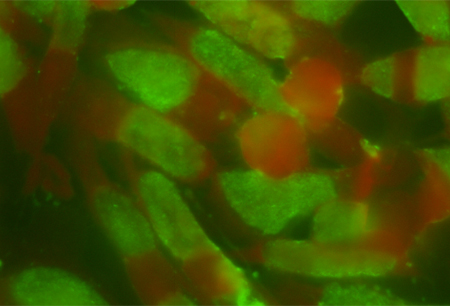Summary
Definition
History and exam
Key diagnostic factors
- exposure to infected birds and mammals
- illness in other family members
Other diagnostic factors
- fever
- malaise
- headache
- cough
- sore throat
- rales
- tachypnea
- pharyngitis
- conjunctivitis
- hepatomegaly
- confusion
- tachycardia
- splenomegaly
Risk factors
- exposure to infected birds and mammals
- young children
- older adults
- immunocompromised
Diagnostic tests
1st tests to order
- white blood cell count with differential
- liver function tests
- polymerase chain reaction (PCR)
- chest x-ray
Tests to consider
- serology
- culture
Treatment algorithm
children ≥8 years of age and nonpregnant adults
children <8 years and pregnant women
Contributors
Authors
Deborah Dean, MD, MPH

Director
Children’s Global Health Initiative
Senior Scientist
Center for Immunobiology and Vaccine Development
Professor of Medicine
University of California at San Francisco and Berkeley
Faculty, the UC Berkeley - UCSF Graduate Program in Bioengineering
Children's Hospital Oakland Research Institute
Oakland
CA
Disclosures
DD is an author of some references cited in this topic.
Peer reviewers
Servaas Morre, PhD
Head of Laboratory of Immunogenetics
VU University Medical Center
Department of Pathology
Laboratory of Immunogenetics
Amsterdam
Netherlands
Disclosures
SM declares that he has no competing interests.
William A. Petri, Jr., MD, PhD, FACP
Chief and Professor of Medicine
Division of Infectious Diseases and International Health
University of Virginia Health System
Charlottesville
VA
Disclosures
WAP declares that he has no competing interests.
Peer reviewer acknowledgements
BMJ Best Practice topics are updated on a rolling basis in line with developments in evidence and guidance. The peer reviewers listed here have reviewed the content at least once during the history of the topic.
Disclosures
Peer reviewer affiliations and disclosures pertain to the time of the review.
References
Key articles
National Association of State Public Health Veterinarians (NASPHV). Compendium of measures to control Chlamydia psittaci infection among humans (psittacosis) and pet birds (avian chlamydiosis). 2017 [internet publication].Full text
Reference articles
A full list of sources referenced in this topic is available to users with access to all of BMJ Best Practice.

Differentials
- Atypical pneumonia caused by other pathogens
- Sepsis
- Infective endocarditis
More DifferentialsGuidelines
- Compendium of measures to control Chlamydia psittaci infection among humans (psittacosis) and pet birds (avian chlamydiosis)
- Guidelines for the management of community acquired pneumonia in adults: update 2009
More GuidelinesLog in or subscribe to access all of BMJ Best Practice
Use of this content is subject to our disclaimer